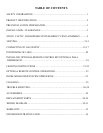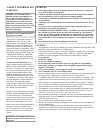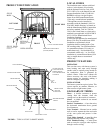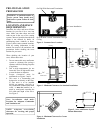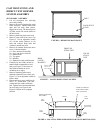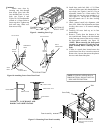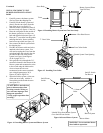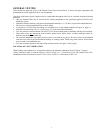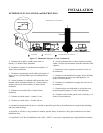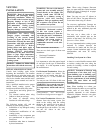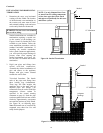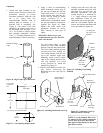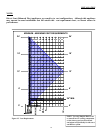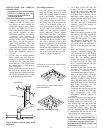
GENERAL VENTING
These models are approved for use with Simpson Dura-Vent or AmeriVent 6 ⅝" direct-vent pipe components and
terminations as well as rigid Buck Stove vent components.
Your stove with burner system is approved to be vented either through the side wall, or vertically using the following
guidelines:
• Only use Simpson Dura-Vent or AmeriVent GS venting components or kits specifically approved for this stove
and burner system.
• Minimum clearance between vent pipes and combustible materials is 1" (25 mm), except where stated otherwise.
• Do not recess venting termination into a wall or siding.
• If your house is covered with vinyl siding, you will need to use a vinyl siding standoff (see Figure 23, page 11).
• Install horizontal venting with a ¼" rise for every 12" of run toward the termination.
• You may paint the vent termination with 450°F (232°C) heat-resistant paint to coordinate with the exterior finish.
• There must not be any obstruction such as bushes, garden sheds, fences, decks, or utility buildings within 24"
from the front of the termination cap.
• Do not locate termination cap where excessive snow or ice build up may occur. Be sure to clear vent termination
area after snow falls to prevent accidental blockage of venting system. When using snow blowers, do not direct
snow towards vent termination area.
• You must maintain minimum wall and ceiling clearances shown in Figures 3 and 4, page 3.
LOCATION OF VENT TERMINATION
When locating vent termination, it is important to observe the minimum clearances shown in Figure 17, page 8.
*Check with local codes or with the current CAN/CGA B149[.1 or .2] Installation Codes for Canada or the USA.
Installations follow the current National Fuel Gas Code, ANS Z223.1, also known as NFPA 54.
7



